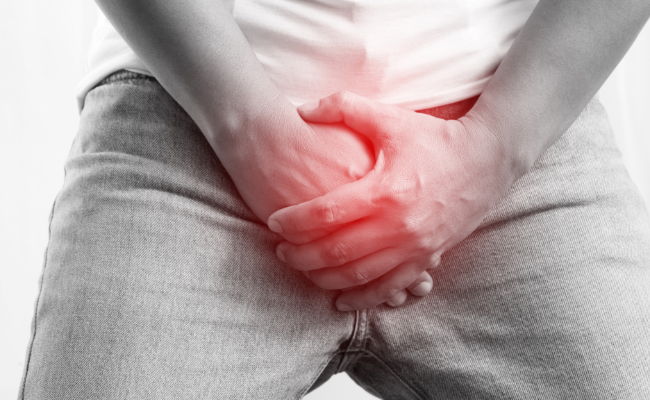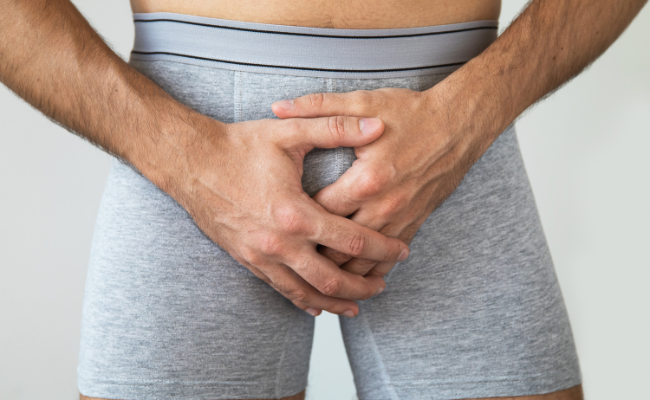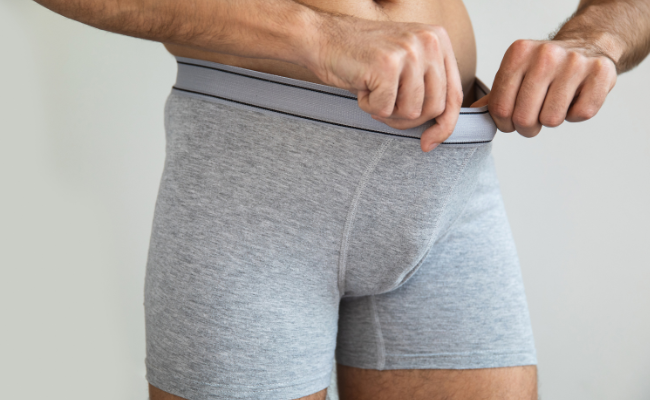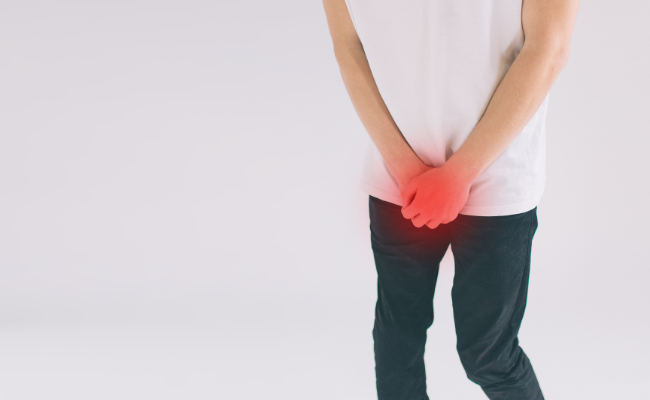How to Treat Urinary Incontinence?
- November 27, 2023
- No Comments
What is Urinary Incontinence?
Urinary incontinence, commonly known as the loss of bladder control, is a prevalent and occasionally awkward condition that can impact individuals across all age groups. It involves the involuntary release of urine, resulting in unpredictable accidents. The spectrum of this condition varies, ranging from intermittent leakage to a total inability to manage the bladder. Recognizing the underlying causes and employing effective treatment approaches is essential for enhancing the quality of life for individuals grappling with urinary incontinence.
Why Does Urinary Incontinence Occur?
There are various factors that can contribute to the development of urinary incontinence. One primary factor is weakened pelvic floor muscles, which play a crucial role in supporting the bladder and maintaining continence. Pregnancy and childbirth, obesity, aging, and certain medical conditions can contribute to the weakening of these muscles. Additionally, neurological disorders, such as Parkinson's disease and multiple sclerosis, can interfere with the signals between the brain and the bladder, leading to incontinence.
How to Manage Urinary Incontinence?
Managing urinary incontinence involves a multi-faceted approach that addresses both the underlying causes and the symptoms. Here are some key strategies for treating and controlling urinary incontinence:
- Pelvic Floor Exercises: Strengthening the pelvic floor muscles is a fundamental aspect of managing urinary incontinence. Kegel exercises, which involve contracting and relaxing the pelvic floor muscles, can be highly effective. Regular practice of these exercises can improve muscle tone and provide better control over bladder function.
- Lifestyle Modifications: Certain lifestyle changes can significantly impact urinary incontinence. Maintaining a healthy weight through regular exercise and a balanced diet can alleviate pressure on the bladder. Avoiding irritants such as caffeine, alcohol, and spicy foods can also help manage symptoms. Establishing a consistent bathroom schedule, including scheduled bathroom breaks, can contribute to better bladder control.
- Behavioral Techniques: Several behavioral techniques can be employed to manage urinary incontinence. Bladder training involves gradually increasing the time between bathroom visits, training the bladder to hold urine for longer periods. Scheduled voiding involves preemptively emptying the bladder at specific times, reducing the risk of accidents.
- Medications: In some cases, healthcare professionals may prescribe medications to treat urinary incontinence. These medications can help control symptoms by relaxing the bladder or tightening the muscles that control urine flow. It's essential to consult a healthcare provider to determine the most appropriate medication based on the type and severity of incontinence.
- Medical Devices: For more severe cases of urinary incontinence, medical devices such as pessaries or urethral inserts may be recommended. Pessaries are devices inserted into the vagina to support the bladder and reduce leakage. Urethral inserts are small, tampon-like devices that can be placed in the urethra to prevent urine leakage.
- Surgical Interventions: In cases where conservative approaches are insufficient, surgical interventions may be considered. Surgical options for urinary incontinence include procedures to lift and support the bladder, repair damaged tissues, or implant artificial sphincters to control urine flow. These interventions are typically reserved for cases where other treatments have not provided adequate relief.
Treatment Solutions for Urinary Incontinence:
- Personalized Treatment Plans: The key to effectively treating urinary incontinence is the development of personalized treatment plans. Healthcare professionals assess the individual's medical history, symptoms, and lifestyle to tailor an approach that addresses the specific causes and severity of incontinence.
- Combination Therapies: Often, a combination of approaches yields the best results. Combining pelvic floor exercises with behavioral techniques, lifestyle modifications, and, if necessary, medications or medical devices can provide comprehensive management of urinary incontinence.
- Regular Monitoring and Adjustments: Urinary incontinence is a dynamic condition, and treatment plans may need adjustments over time. Regular monitoring by healthcare professionals allows for the modification of strategies based on the individual's progress and changing needs.
Benefits of Effectively Managing Urinary Incontinence:
- Improved Quality of Life: Successfully managing urinary incontinence leads to a significant improvement in the individual's quality of life. It reduces the impact of embarrassing accidents, enhances self-esteem, and allows for more active and unrestricted participation in daily activities.
- Prevention of Complications: Untreated urinary incontinence can lead to various complications, including skin irritation, urinary tract infections, and a decline in overall health. Effective management helps prevent these complications, promoting better overall well-being.
- Enhanced Social and Emotional Well-Being: The emotional toll of living with urinary incontinence can be substantial. Managing the condition effectively diminishes the emotional burden, fostering better mental health and improved social interactions.
- Increased Independence: As urinary incontinence is brought under control, individuals regain a sense of independence. They can engage in social events, travel, and pursue activities without the constant worry of potential accidents.
- Cost Savings: Effectively managing urinary incontinence can result in cost savings associated with fewer medical visits, reduced use of incontinence products, and a lower risk of complications that may require more extensive and costly interventions.











Comments (0)
No comments yet